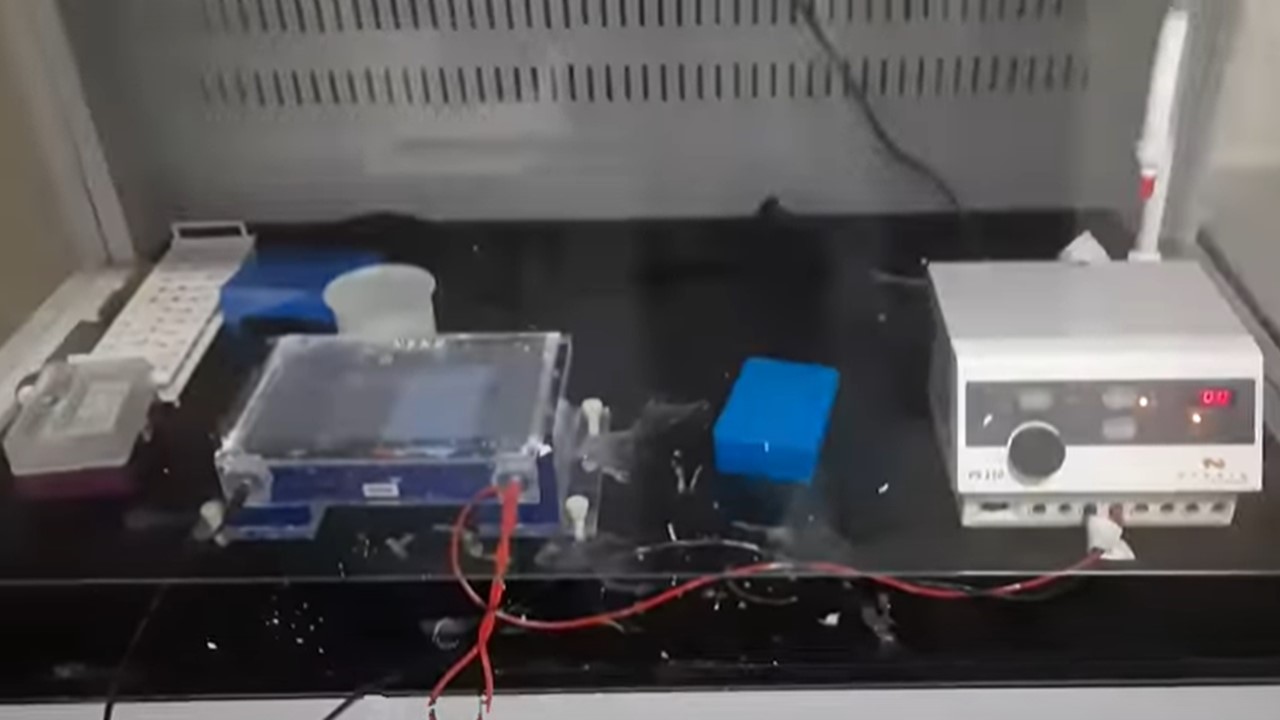Multilocus sequence typing (MLST)-Introduction, Principle, Test Requirements, Procedure, Result-Interpretation, Application, and Keynotes
Introduction Multilocus Sequence Typing (MLST) is a molecular typing technique used in microbiology and genetics to classify and differentiate bacterial strains based on their genetic diversity. MLST is particularly valuable for studying the epidemiology and evolution of bacterial pathogens. Here is an introduction to the …



